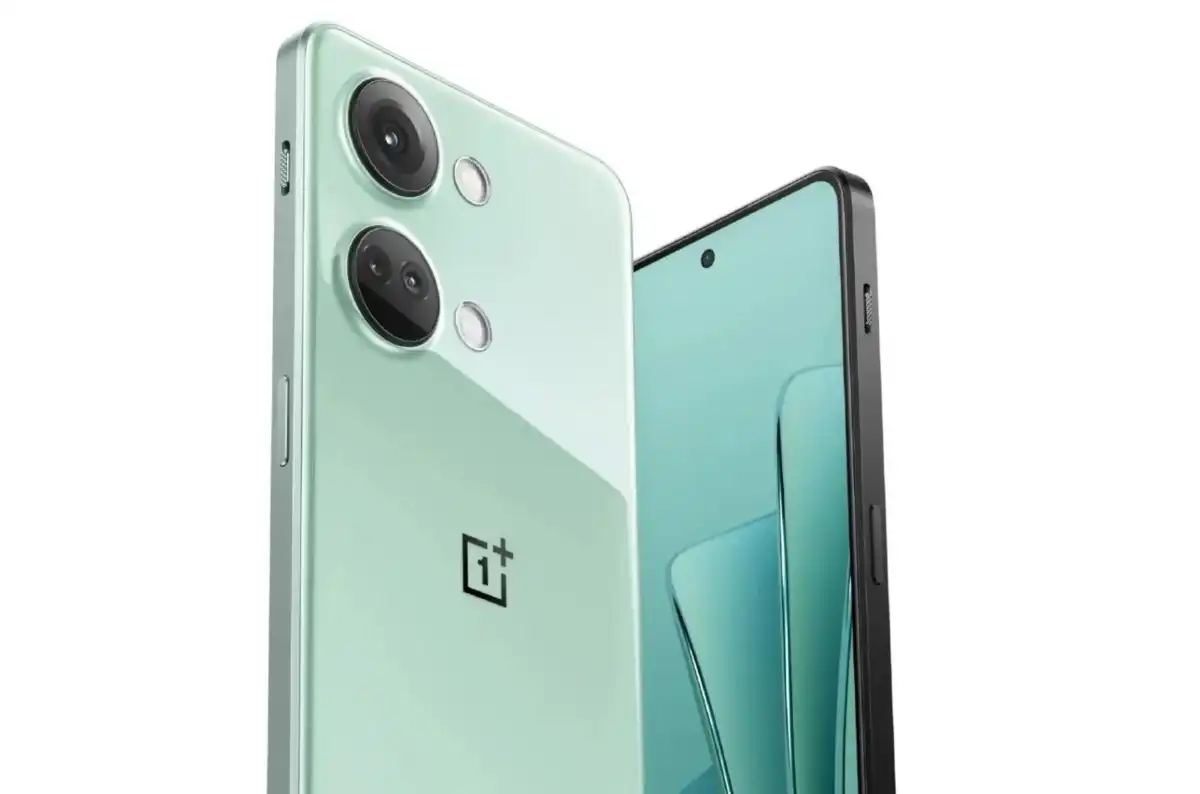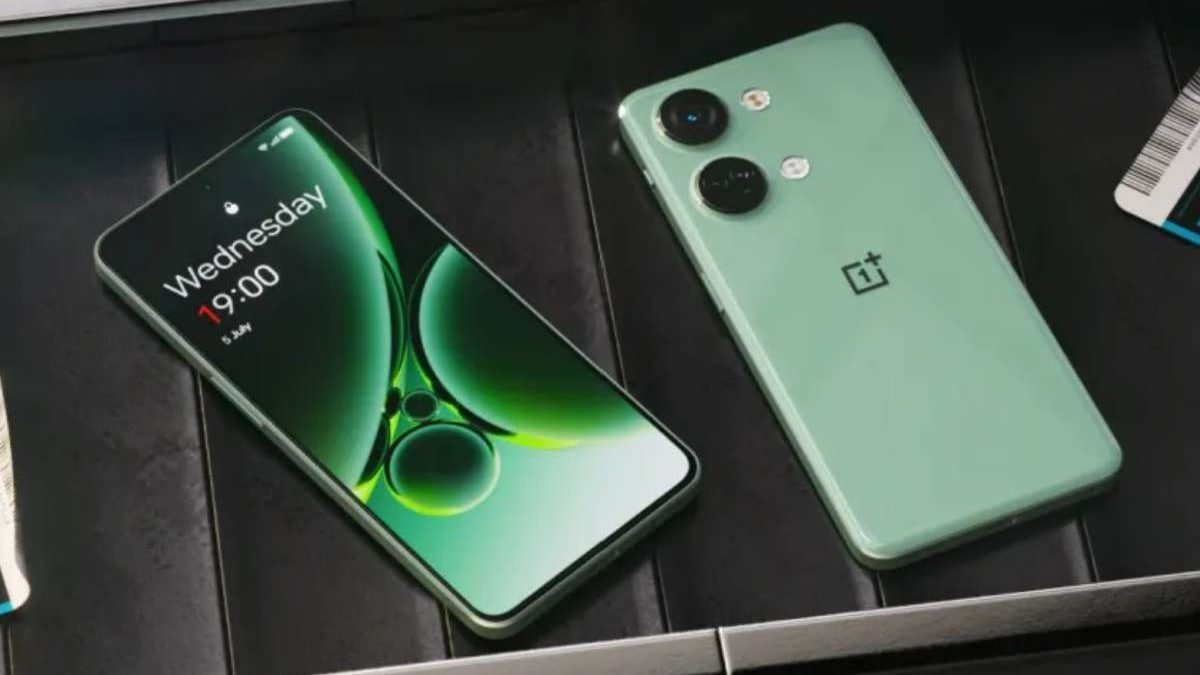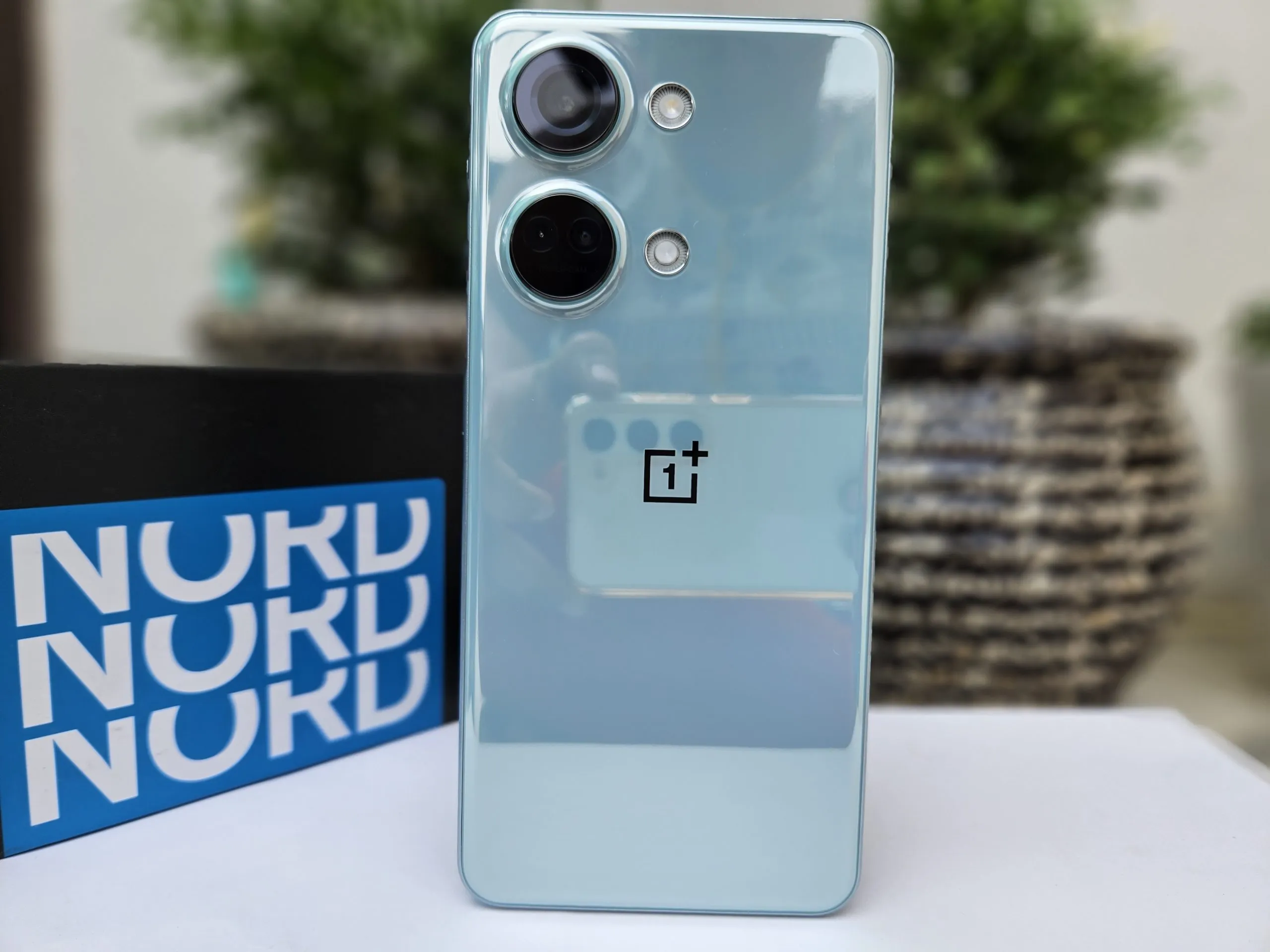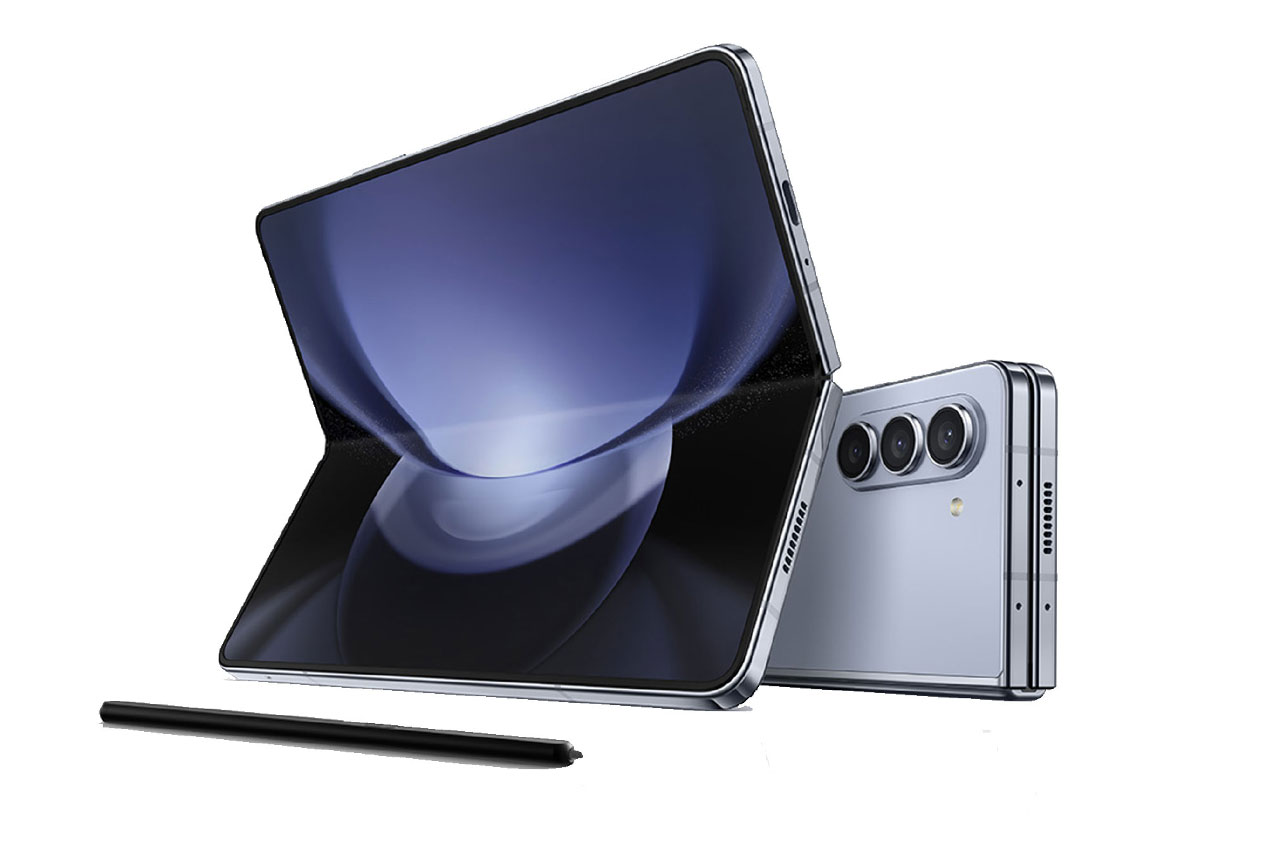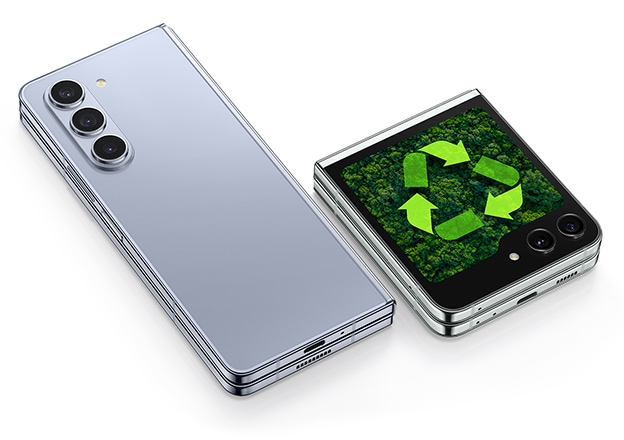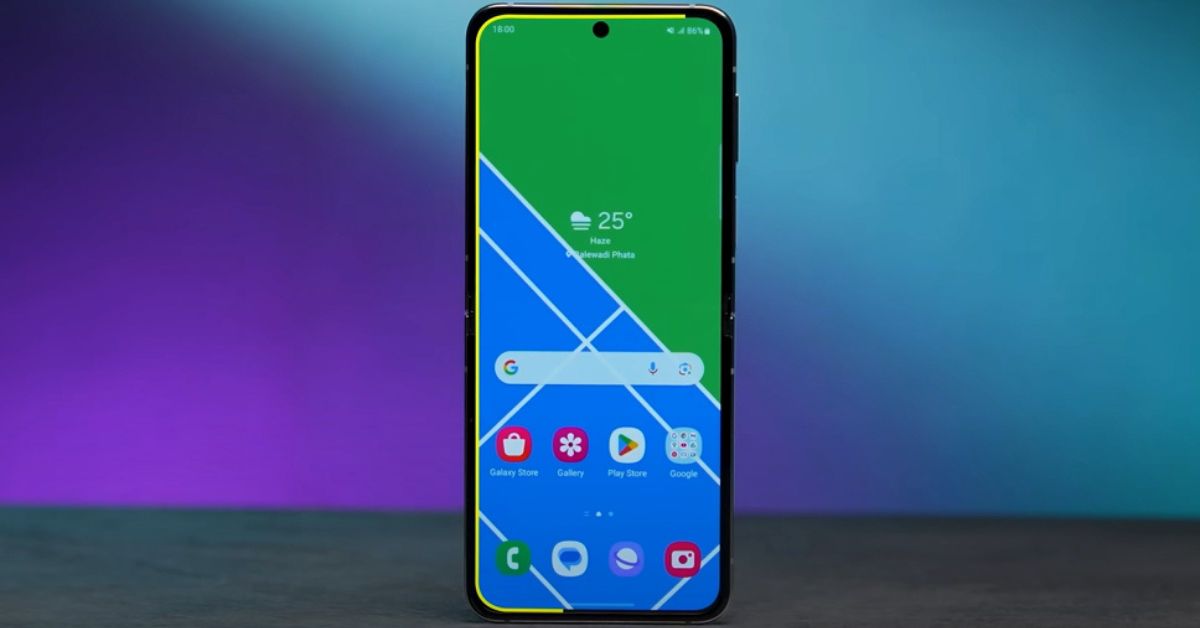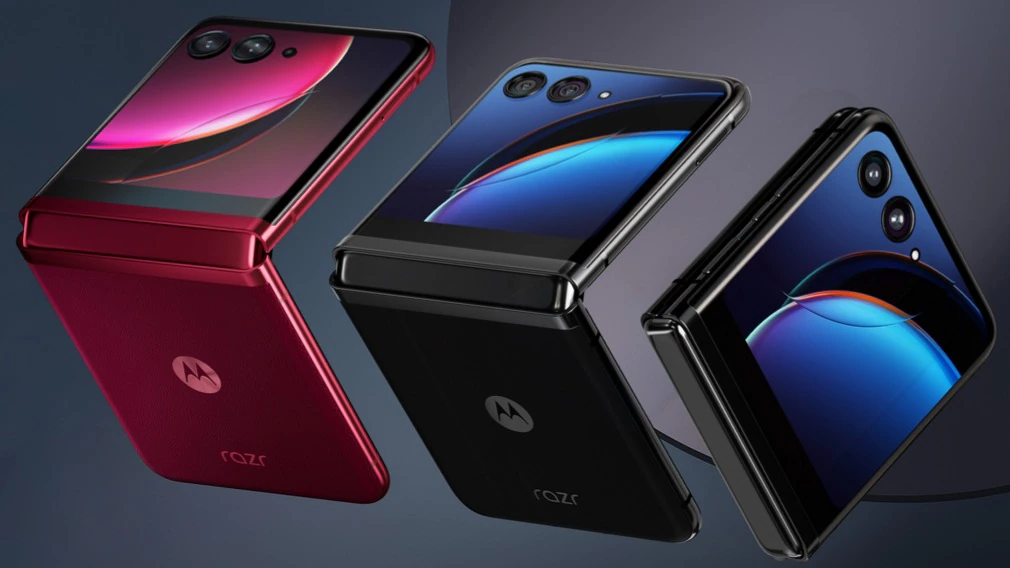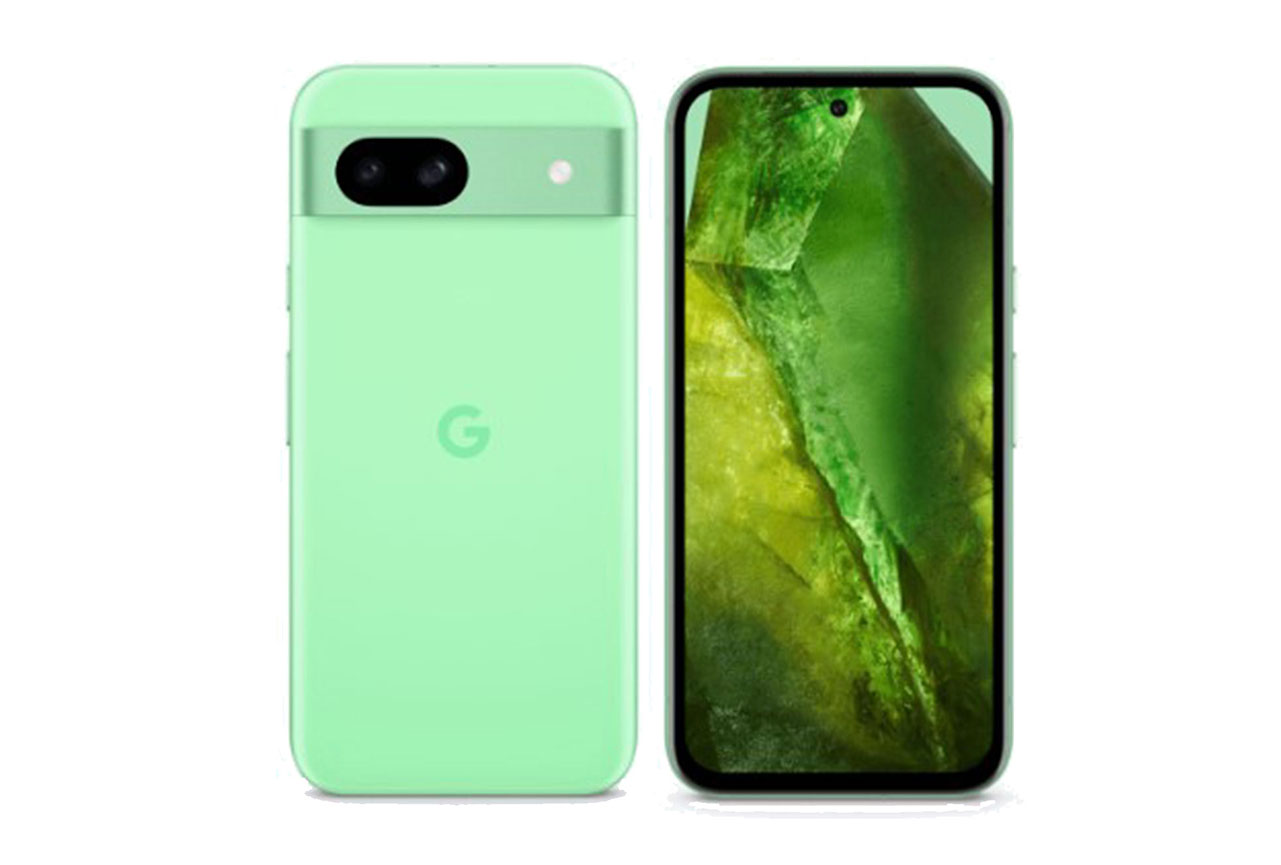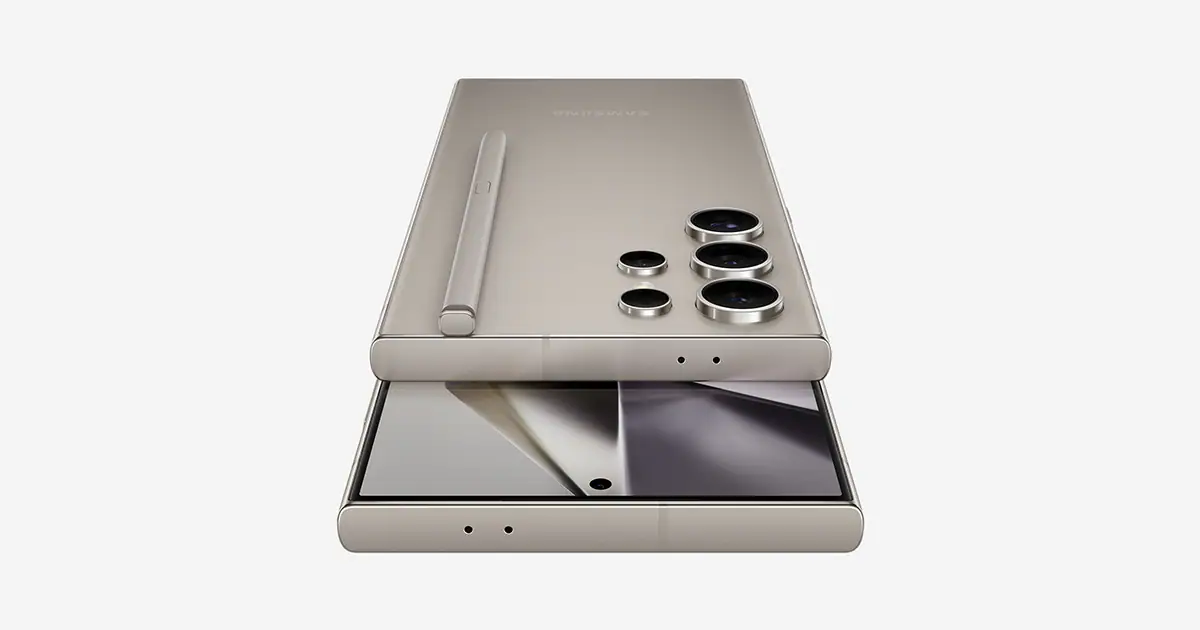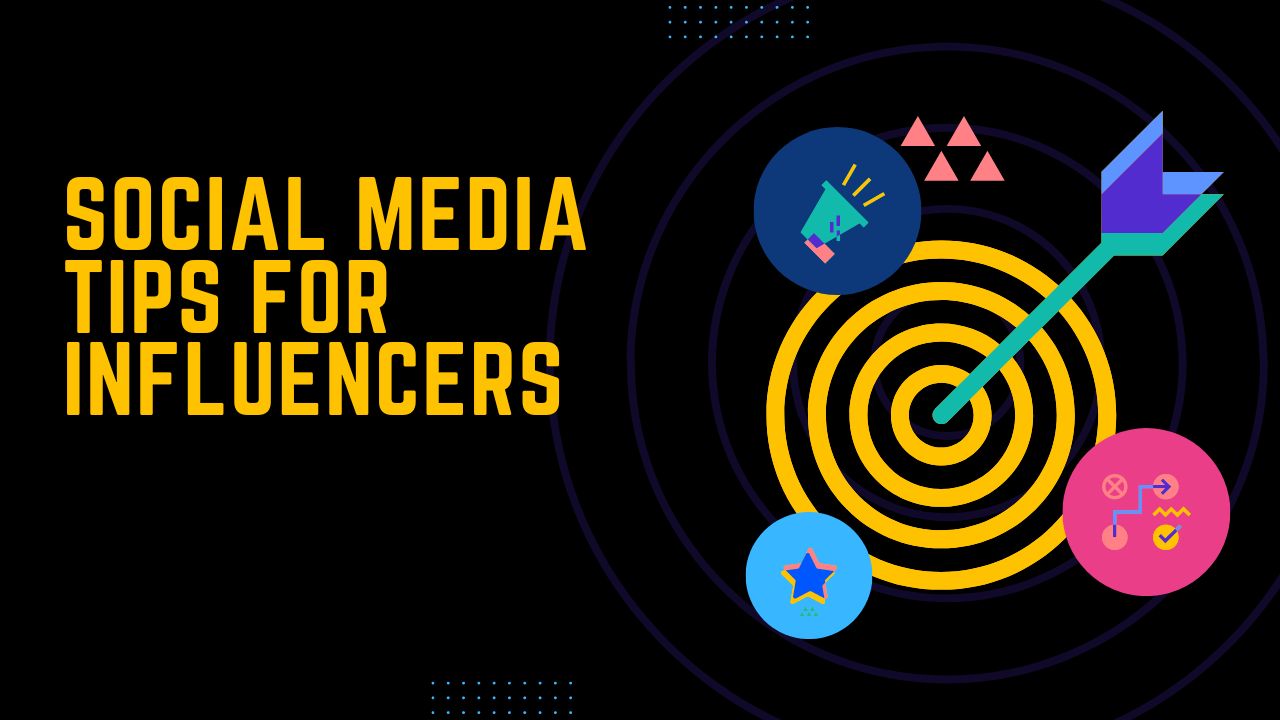In the rapidly evolving world of social media, staying ahead of the curve is essential for influencers and content creators aiming to increase their following. With platforms constantly updating algorithms and user preferences shifting, leveraging the right strategies can make all the difference. In this blog post, we’ll explore proven social media tips to help you boost your online presence and engage more effectively with your audience in 2024. Whether you’re an influencer, content creator, or social media manager, you’ll discover actionable insights to elevate your influence this year.
Understanding the Social Media Landscape in 2024
The social media environment is more dynamic than ever, with new trends emerging and old ones fading. It’s crucial to comprehend these changes to refine your strategy. Platforms like Instagram, TikTok, and YouTube continue to dominate, but how they’re used is evolving. Users are craving authentic, relatable content more than perfectly polished posts. The emphasis on real connections over artificial personas is reshaping how influencers must present themselves. Staying current with these shifts can help you remain relevant and engaging to your audience.
In addition to content trends, algorithm updates are pivotal. These algorithms determine the visibility of your content and can significantly impact your reach. Understanding how algorithms prioritize engagement metrics such as likes, shares, and comments can guide you in crafting posts that capture attention. Engaging with your audience in meaningful ways not only boosts these metrics but also builds a loyal community around your brand.
Finally, the rise of short-form video content can’t be ignored. Platforms like TikTok have set a new standard for snappy, engaging videos that are easy to consume. Incorporating this trend into your content strategy can enhance your online presence. It’s not just about jumping on the bandwagon; it’s about strategically using these formats to connect with your audience in fresh, impactful ways.
Building an Authentic Personal Brand
Authenticity has become the currency of trust in the social media realm. In a sea of content, what sets you apart is your unique voice and perspective. Building an authentic personal brand involves sharing your genuine self, interests, and values. This authenticity resonates with audiences, fostering a deeper connection and loyalty.
To establish this authenticity, start by defining your core values and what you stand for. This clarity will guide your content creation and ensure consistency across all platforms. Share personal stories and experiences that highlight these values, allowing your audience to relate to you on a personal level. Remember, vulnerability can be powerful; showing the human side of your brand invites empathy and understanding.
Consistency is key to reinforcing your brand identity. This doesn’t just mean posting regularly but maintaining a cohesive look and feel across your profiles. Use a consistent color palette, fonts, and style in your visuals to create a recognizable brand aesthetic. This visual consistency, combined with authentic storytelling, strengthens your brand’s presence and ensures you stay top of mind with your audience.
Creating Engaging Content That Stands Out
In an era where consumers are bombarded with content, standing out in a crowded feed is crucial. The key lies in crafting engaging, value-driven content that captures attention and encourages interaction. Start by understanding your audience’s interests and pain points. What challenges do they face, and how can your content provide solutions or inspiration?
Interactive content is a powerful way to boost engagement. Incorporate elements like polls, quizzes, and interactive stories to encourage audience participation. These not only increase your visibility in feeds but also foster a sense of community as followers feel involved and heard. When followers actively engage, they are more likely to share your content, expanding your reach organically.
Visual storytelling remains a dominant trend. High-quality images and videos that tell a compelling story can captivate your audience and keep them engaged longer. Invest time in creating visually appealing content that aligns with your brand’s message. Remember, good storytelling evokes emotions—aim to make your audience feel something with every post, whether it’s inspiration, joy, or curiosity.
Leveraging Analytics to Understand Your Audience
Understanding your audience is foundational to growing your influence. Analytics tools provide valuable insights into your followers’ demographics, behaviors, and preferences. By analyzing this data, you can tailor your content strategy to better meet their needs and expectations.
Start by reviewing basic metrics like engagement rates, reach, and impressions. These can indicate which types of content resonate most with your audience. Use this information to refine your content calendar, focusing on topics and formats that generate the most interest and response.
Dive deeper into demographic data to understand who your audience is. Are there specific age groups, locations, or interests that are more prevalent among your followers? This information can guide your targeting efforts and help you craft content that speaks directly to their experiences and desires.
Finally, pay attention to feedback and sentiment analysis. Comments and direct messages can offer qualitative insights into how your audience perceives your content. Engaging with these comments not only boosts engagement but also provides direct feedback on what your audience values or wishes to see more of.
Mastering the Art of Engagement
Engagement is more than just a metric; it’s the lifeblood of your social media presence. Building genuine connections with your audience requires active participation and responsiveness. Start by making it a priority to respond to comments, messages, and mentions promptly. Engaging in conversations builds community and shows your audience that you value their input.
Live interactions are another effective way to boost engagement. Hosting live Q&A sessions, webinars, or casual chats allows you to connect with your audience in real-time. These interactions feel personal and exclusive, encouraging more followers to participate. Live content can also be repurposed into shorter clips or highlights, extending their reach and impact.
Encouraging user-generated content is a strategic way to foster engagement. Create campaigns or challenges that invite your followers to share their own content, tagged with your brand or specific hashtags. This not only increases your visibility but also strengthens your community as followers see themselves as active participants in your brand narrative.
Navigating Platform Algorithms
Understanding and navigating social media algorithms is crucial for maximizing your reach. Each platform’s algorithm prioritizes different metrics, influencing how your content is distributed and seen by your audience. Staying informed about these algorithms helps you optimize your strategy for greater visibility.
On platforms like Instagram, engagement plays a significant role. Posts that quickly garner likes, comments, and shares are more likely to be featured prominently in feeds. To leverage this, create content that encourages interaction from the moment it’s posted. Ask questions, run contests, and use engaging captions to prompt responses.
YouTube’s algorithm, on the other hand, prioritizes watch time and session length. Crafting compelling video content that keeps viewers watching longer can improve your video’s ranking and visibility. Consider using engaging intros and hooks to capture attention early and keep your audience invested throughout.
It’s essential to adapt your content strategy to align with each platform’s unique algorithm. Regularly analyze performance metrics to identify trends and patterns. This iterative approach allows you to refine your tactics and ensure your content continues to reach and engage the right audience.
Collaborating with Brands and Fellow Influencers
Collaborations can amplify your reach and expose your brand to new audiences. Partnering with like-minded brands or fellow influencers allows you to tap into their follower base, expanding your influence and credibility.
When considering collaborations, ensure alignment in values, vision, and target audience. Authentic partnerships resonate more deeply with audiences and come across as genuine rather than forced. Joint ventures, co-hosted events, or collaborative content can provide fresh, exciting opportunities for both parties involved.
Additionally, micro-influencer collaborations can be highly effective. While they may have smaller followings, their audiences are often highly engaged and loyal. Collaborating with micro-influencers can introduce your brand to niche, dedicated communities that are more likely to convert into loyal followers.
Remember, successful collaborations are mutually beneficial. Clearly define roles, expectations, and deliverables to ensure a smooth partnership. Using these guidelines, you can create collaborative content that not only expands your reach but also enhances your brand’s image and authority.
Harnessing the Power of User-Generated Content
User-generated content (UGC) is a powerful tool for authenticity and community building. It involves engaging your audience to create and share content that promotes your brand or products. UGC adds credibility to your brand as it comes directly from other users, enhancing trust among your followers.
Encourage your audience to share their experiences with your brand through contests, challenges, or hashtags. Highlight their content on your platforms, showcasing appreciation for their involvement. This not only increases your reach but also strengthens your connection with your audience, as they feel valued and recognized.
Incorporating UGC into your content strategy diversifies your content mix. It provides fresh perspectives and authentic testimonials that resonate with others. UGC can be leveraged in various formats, from customer reviews and testimonials to photos and videos, amplifying your brand’s voice through the eyes of your satisfied customers.
Related Post: Kids’ Social Lives: Social Media and Offline Friendships
Staying Ahead with Continuous Learning and Adaptation
The social media landscape is constantly changing, and staying ahead requires continuous learning and adaptation. Social media platforms regularly update features and algorithms, affecting how content is distributed and engaged with. To stay relevant, influencers must be proactive in learning about these changes.
Subscribe to industry newsletters, follow social media trends, and participate in webinars or workshops. Join online communities where influencers and marketers share insights and best practices. By staying informed, you can swiftly adapt your strategies to leverage new opportunities and trends.
Experimentation is another key element of adaptation. Test different content formats, posting times, and engagement tactics to identify what resonates best with your audience. Analyze the results and adjust your approach based on insights gained. This experimentation keeps your content fresh and engaging while continuously optimizing performance.
Measuring Success and Iterating Your Strategy
Measuring success involves analyzing both qualitative and quantitative data to evaluate the effectiveness of your social media strategy. Set clear goals and KPIs to track your progress and assess the impact of your efforts on growth and engagement.
Quantitative metrics include follower growth, reach, engagement rates, and conversion rates. Tools like Google Analytics, social media insights, and third-party analytics platforms provide valuable data for measurement. Use these metrics to identify trends, strengths, and areas for improvement.
Qualitative feedback, such as comments, direct messages, and sentiment analysis, offers deeper insights into how your audience perceives your brand. Engage with this feedback to understand their preferences, concerns, and perceptions. Iterate your strategy based on these insights, aligning your content more closely with audience expectations and desires.
The Role of Emotional Connection in Building a Loyal Following
Building a loyal following extends beyond content; it involves creating emotional connections with your audience. Emotional connections foster trust, empathy, and relatability, turning followers into advocates for your brand.
Share authentic stories and experiences that evoke emotion and resonance. Express vulnerability and transparency, allowing your audience to connect with you on a deeper level. These connections build a sense of community and loyalty, as followers feel understood and valued.
Engage with your audience in meaningful ways, responding to comments and messages with empathy and understanding. Personalize interactions to make followers feel seen and heard. By nurturing these emotional connections, you cultivate a loyal following that remains committed to your brand even in a competitive landscape.
Conclusion
Growing your social media following in 2024 requires a strategic approach that balances authenticity, engagement, and adaptability. By understanding the evolving social media landscape and leveraging data-driven insights, influencers can refine their strategies for maximum impact. Building an authentic personal brand, creating engaging content, and collaborating with others will help you connect with your audience on a deeper level. Continuous learning, adaptation, and emotional connection round out this holistic approach to influence. With these strategies, you’re equipped to elevate your presence and thrive in the dynamic world of social media.

